Application in sport
To finish up, let's have a look at an application of perceptual decision making and signal detection theory to sport. In particular, we will consider the role of referees in sport.
Many sports require the referee to make perceptual decisions, sometimes under great pressure and with great uncertainty. In many cases, we can think of the decision-making scenario in terms of the likely magnitude of 'internal response'.
Tennis
A tennis linesperson needs to judge whether a very fast-moving ball was 'out' (none of the ball touching the boundary line). A ball that is 'out' by a wide margin would evoke a high level of 'internal response', whereas one that is very close to the line would evoke a low level.
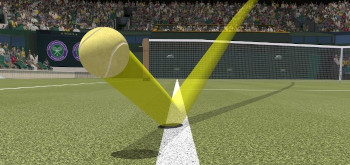
Cricket
A cricket umpire needs to decide if the ball touched the bat on the way through to the wicketkeeper. A very clear deviation in the trajectory of the ball would evoke a high level of 'internal response', while a tiny nick off the bat would evoke a low level.
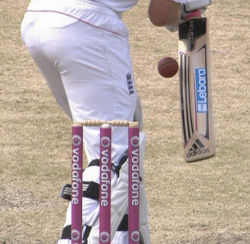
Soccer
A soccer linesperson needs to determine whether a player is 'offside'. An attacker who is well past the last defender (other than the goalkeeper) would evoke a high level of 'internal response', while an attacker who is close to being in line with the last defender would evoke a low level.
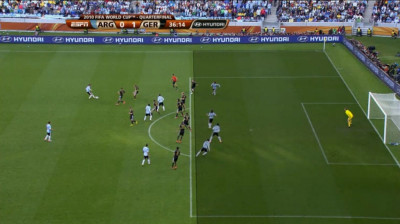
AFL
An AFL umpire needs to decide if the ball has crossed the goal line after being touched by a defender. A defender touching the ball well after it has passed the goal line would evoke a high level of 'internal response', while a defender touching the ball while it overlaps with the goal line would evoke a low level.
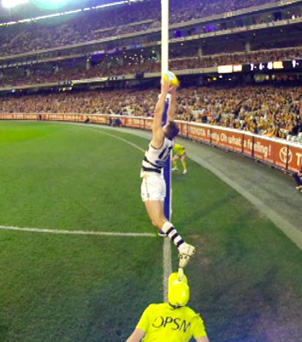
Rugby league
A rugby league referee needs to judge whether a player has scored a 'try' by putting the ball down in the in-goal area. A player planting the ball on the ground would evoke a high level of 'internal response', while a player who just grazes the grass with the ball would evoke a low level.
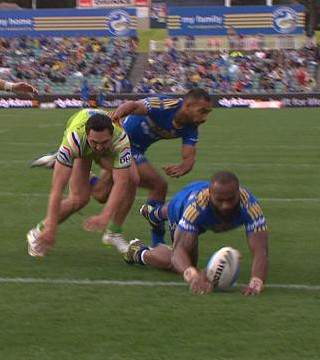
Rugby league presents a particularly interesting application in that the referee also has the option of passing the responsibility for the decision onto a 'video referee', who can view replays of the incident and can view also potentially view it from multiple camera angles.
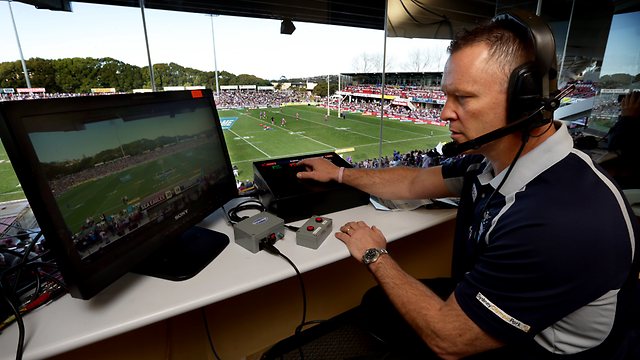
Interestingly, the on-field referee is still required to make a decision and to communicate this decision to the video referee. That is, they need to tell the video referee whether they think it is a try or not a try.
This can produce the situation in which the same physical stimulation could be ruled by the video referee as a 'try' or a 'no-try' depending on whether the on-field referee ruled that they thought it was a try or not. While this situation is often controversial for fans, it makes sense when viewed through a signal detection theory framework — in which perceptual yes/no decisions are inevitably a combination of physical stimulation and decision criterion.
A similar strategy is also adopted in cricket, AFL, and, (recently) soccer, in which the on-field umpire is required to make a decision prior to a video review. Interestingly, it does not happen in tennis — the linesperson's decision does not influence the decision based on the electronic line judge.